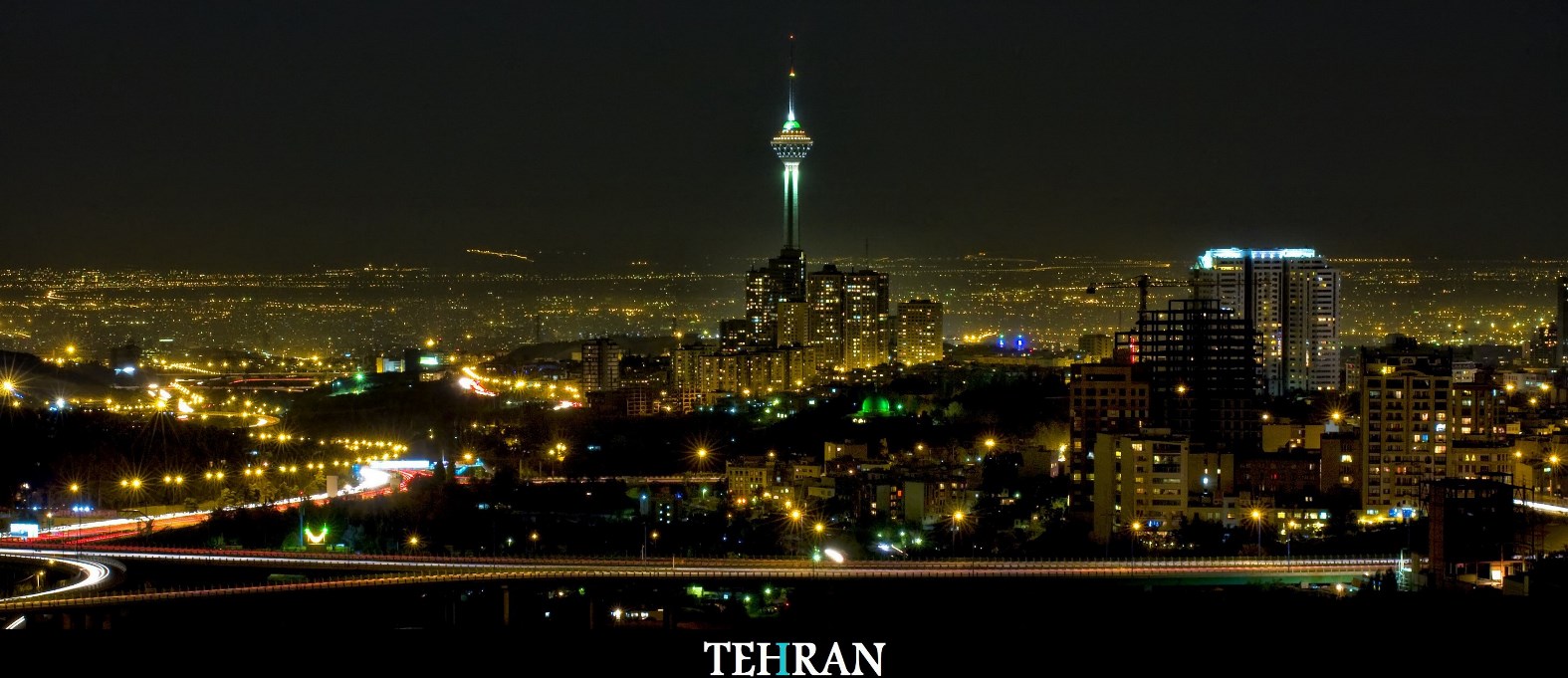
The removal of sanctions will mark a new chapter in Iran’s tourism industry by drawing the attention of more tourists to the country’s rich cultural and historical attractions.

According to Tehran-based English newspaper, Iran Daily, in addition to bringing substantial earnings to the country – which contribute to flourishing domestic economy and help generate more jobs – tourists act as cultural ambassadors for introducing the real image of Iran to the world.
According to statistics released by Iran’s Cultural Heritage, Handicrafts and Tourism Organization, international tourism revenues stood at $1,250 billion in 2013.
Iran’s share of international tourism revenue was $6.5 billion in 2013, which is very insignificant given its numerous historical and natural attractions.
Iran is among the top 10 countries in terms of the number of historical attractions. The country is the fifth most attractive destination when it comes to natural wonders.
The country has set a goal to attract 20 million tourists by 2025 to achieve the objectives of its Sixth Five-Year Economic Development Plan and raise the country’s tourism revenues by $30 billion.
But the question is what measures Iran can take to attain such objective.
Pilgrims make up the largest number of arrivals. Therefore, places of pilgrimage must be renovated.
Tourism facilities and accommodations are recommended to be expanded in the vicinity of such places to cater for tourists.
To Increase the number of tourists who are interested in historical and natural attractions, Iran needs to take the following steps:
More hotels
There are 1,100 hotels in Iran, 650 of which are hotel-apartments and 130 are four- and five-star hotels.
Iran needs 400 more hotels to be able to host 20 million foreign tourists by 2025.
Marketing
Iran needs to publicize its natural and historical attractions internationally to foil certain malevolent media outlets’ attempts which aim to tarnish the image of Iran’s tourism industry.
Iran’s tourism potentials are still unknown for many people around the world blamed on poor publicizing. Shanzelize Street in Paris embraces tourism offices from 40 countries, which seek to draw the attention of visitors to the tourism attractions of those nations. Iran does not have such an office there.
Turkey spent nearly $100 million for publicizing its attractions last year.
Air transportation
More tourism demands are expected in the future, as a result of the removal of anti-Iran sanctions. Therefore, Iran needs to improve the quality of aerial transportation and increase the number of flights.
There are about 250 airplanes in Iran, with an average age of 22 years. One-third of the planes are grounded and unable to offer services.
Iran needs 400 new airplanes by the next 10 years.
Manpower
More than 10,000 tourist guides, who can speak English fluently, are needed, if Iran wants to cater for 20 million tourists by 2025.
Hotels, historical attractions, accommodation centers and airports need such high-quality workforces.
There are several other measures that can lead to increase the number of arrivals including easing visa restrictions and providing tourists with the chance of visiting Iranian cities without visa. Improving the quality of roads, and revising some of laws and regulations are also helpful in increasing the number of tourists. Iran should increase its participation in international fairs as well.
The 27th International Tourism Exhibition and Related Industries that will be held in Tehran during Feb. 16-19 is an opportunity to introduce investment opportunities in the tourism field to investors.
